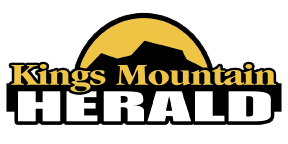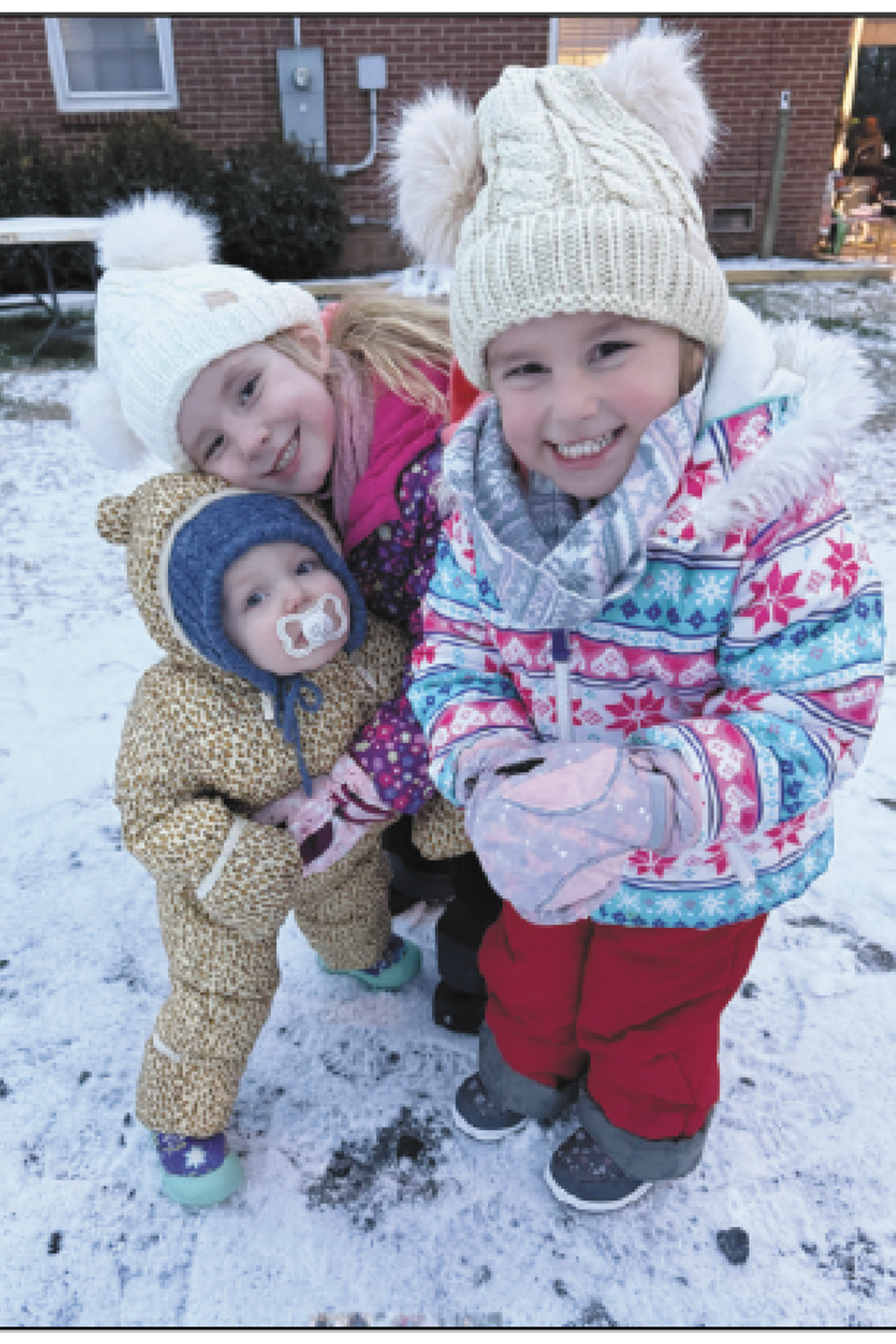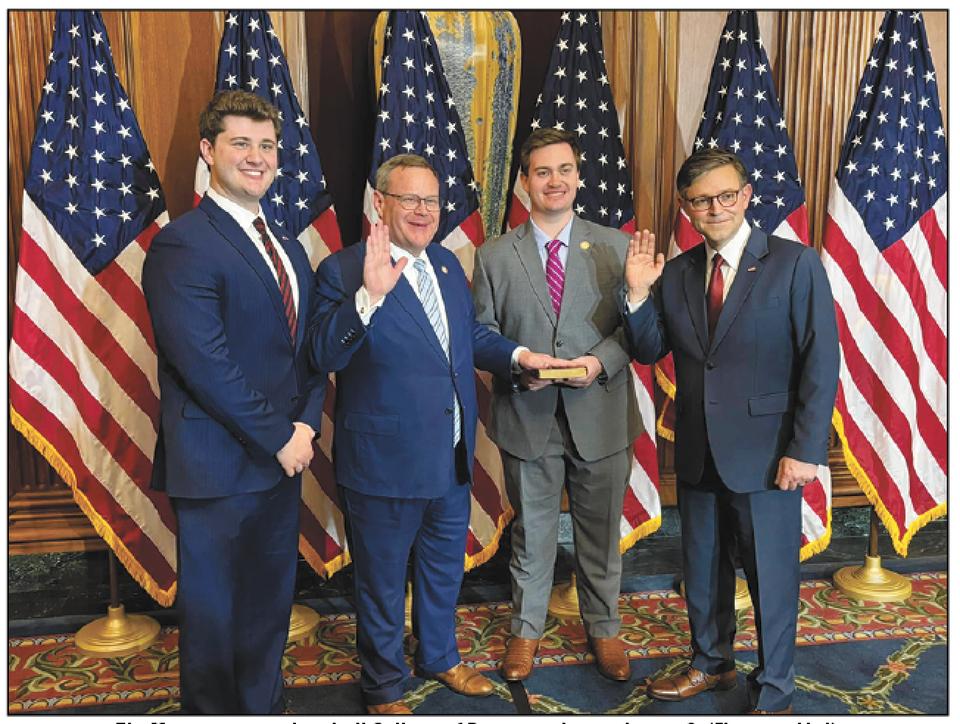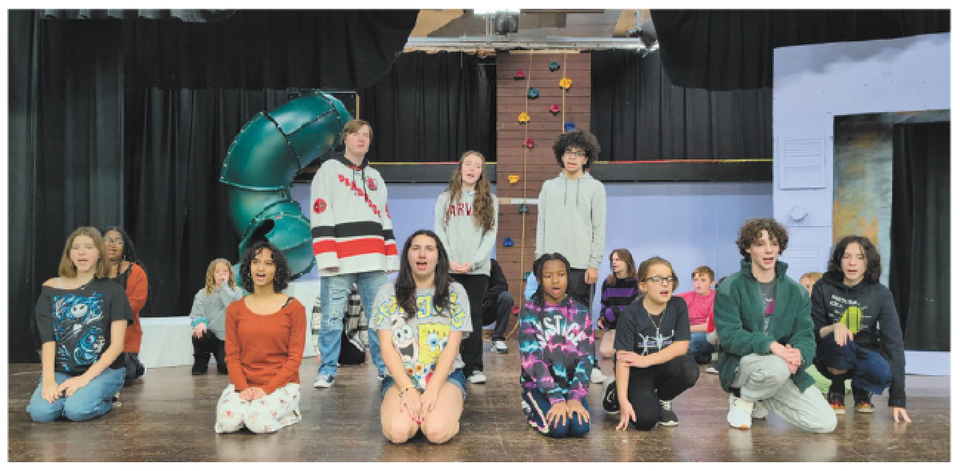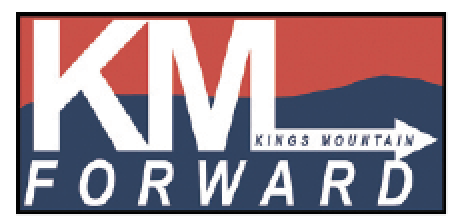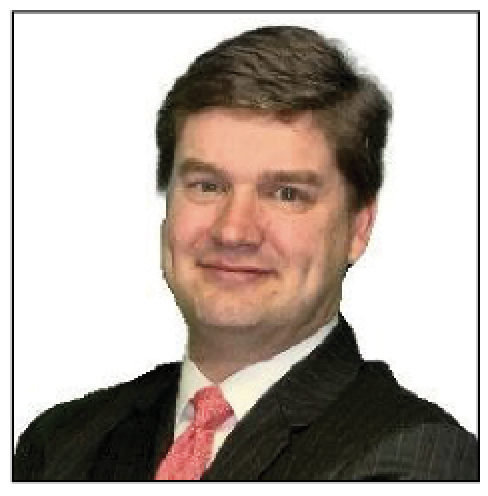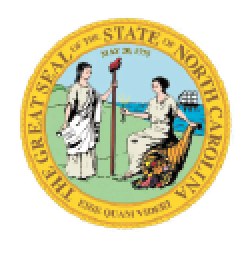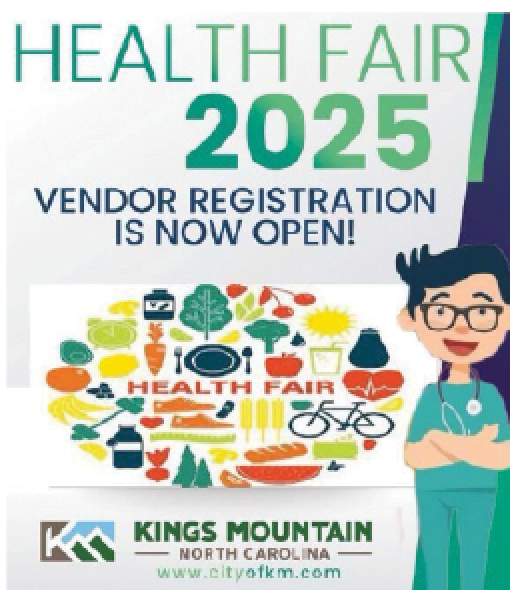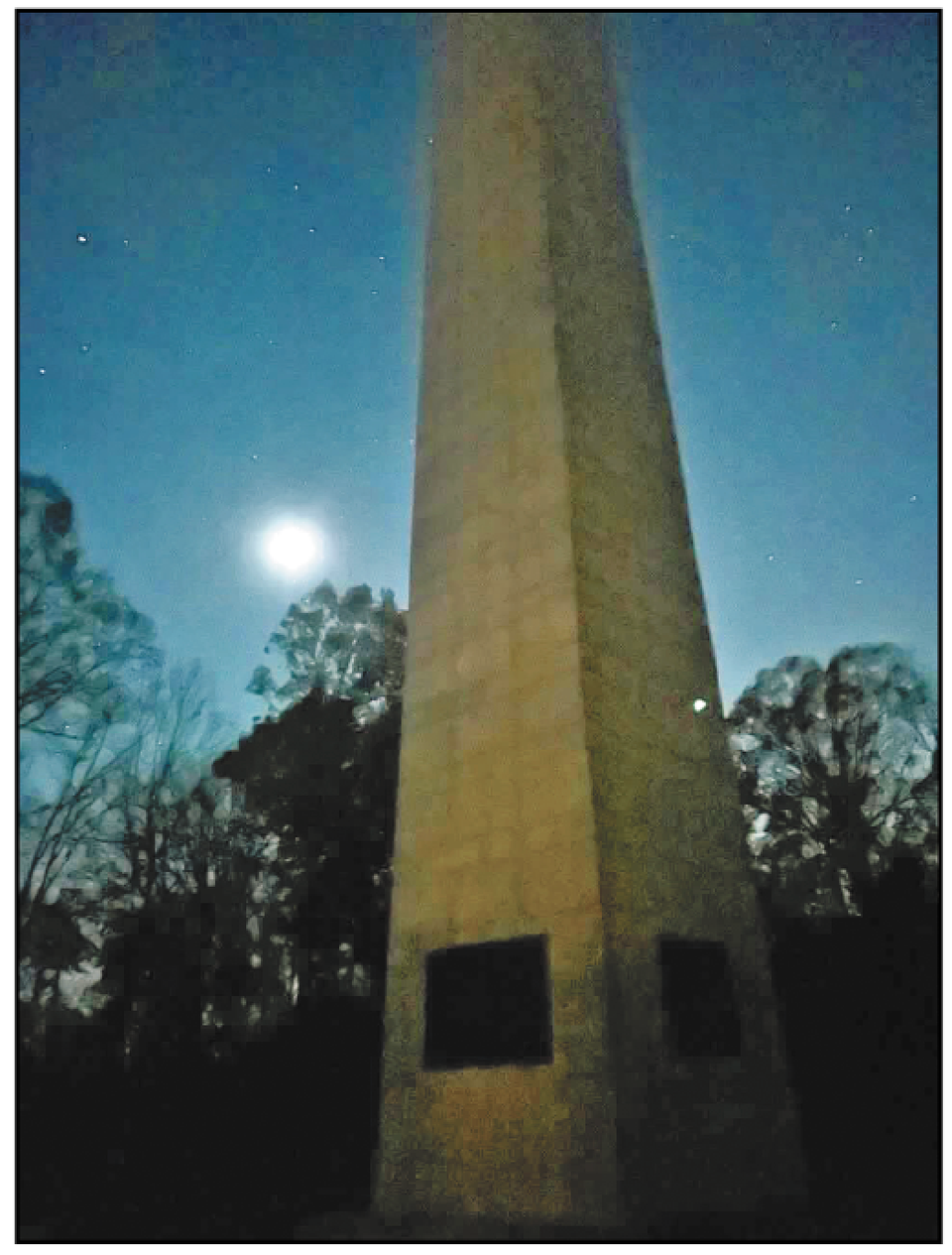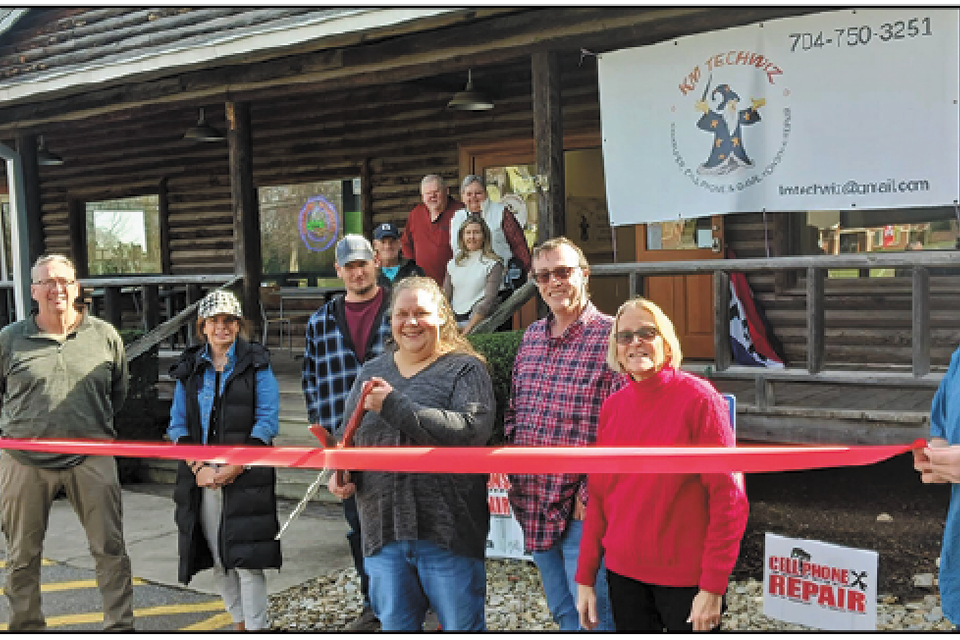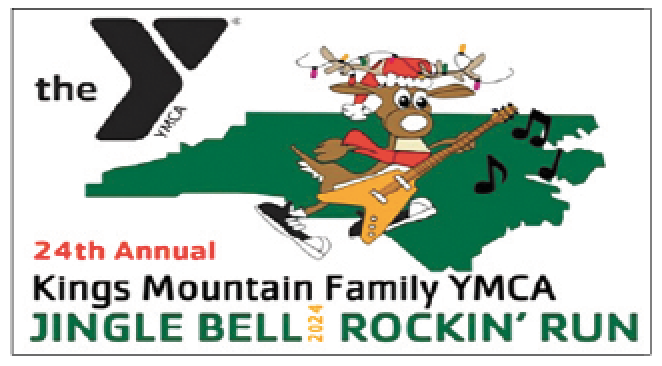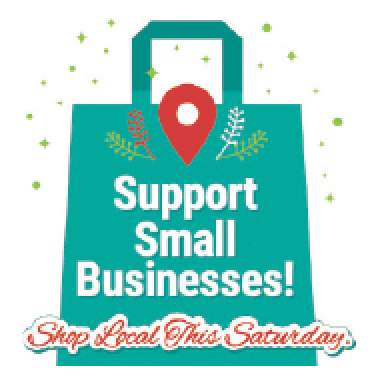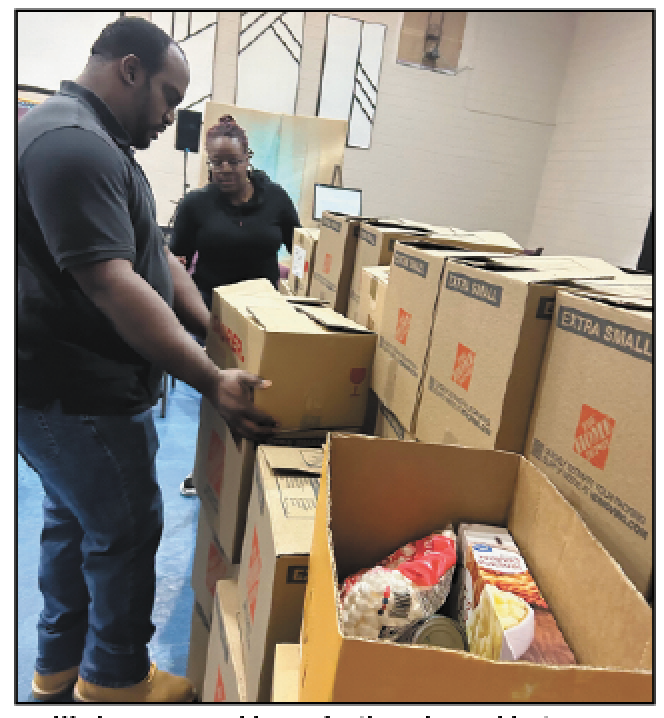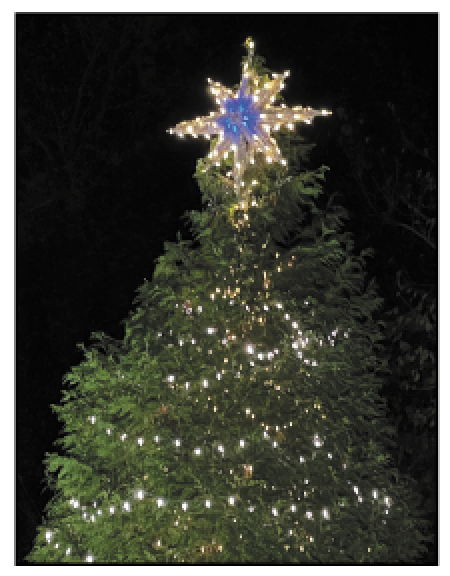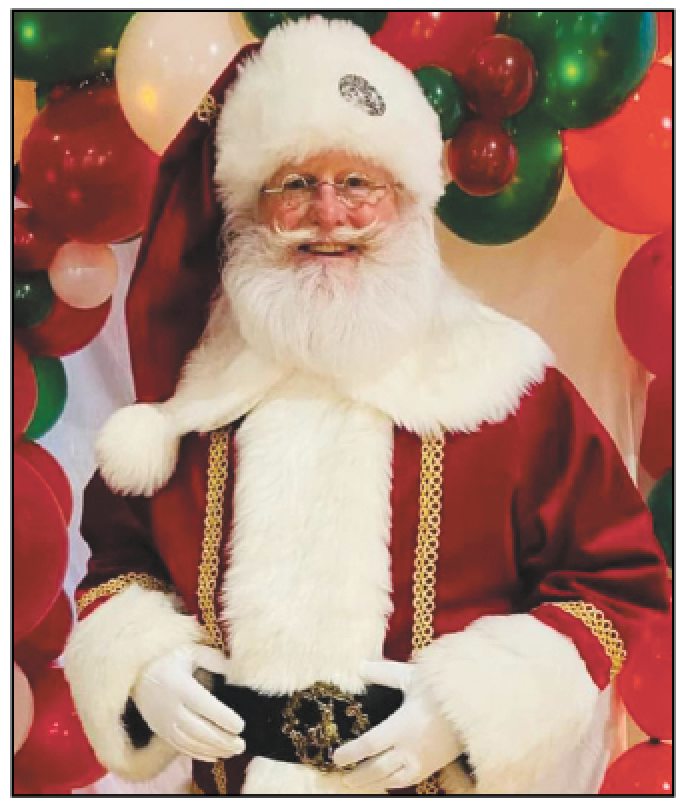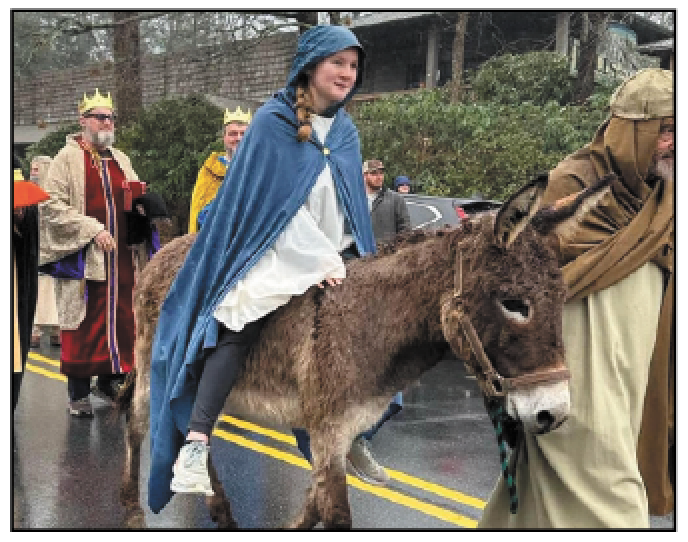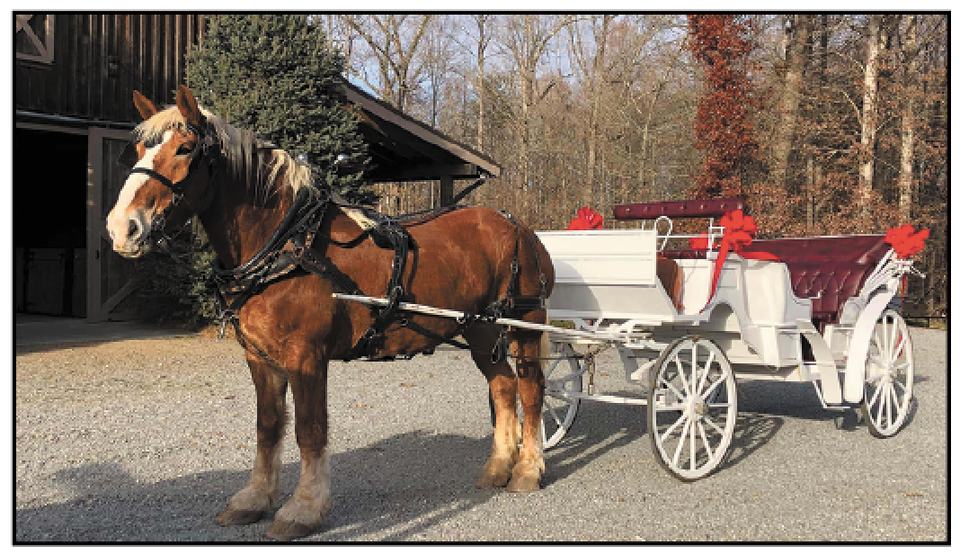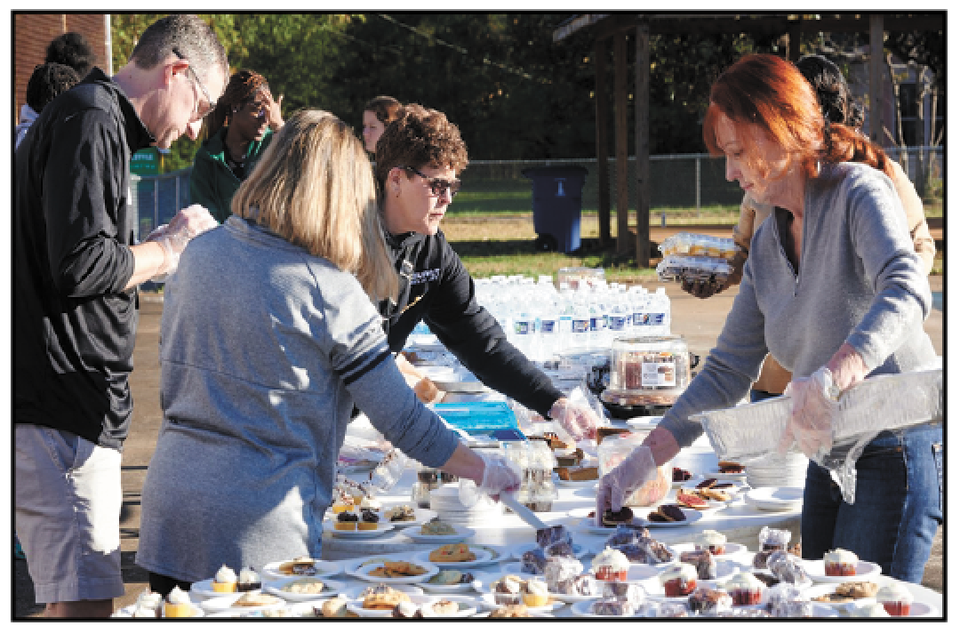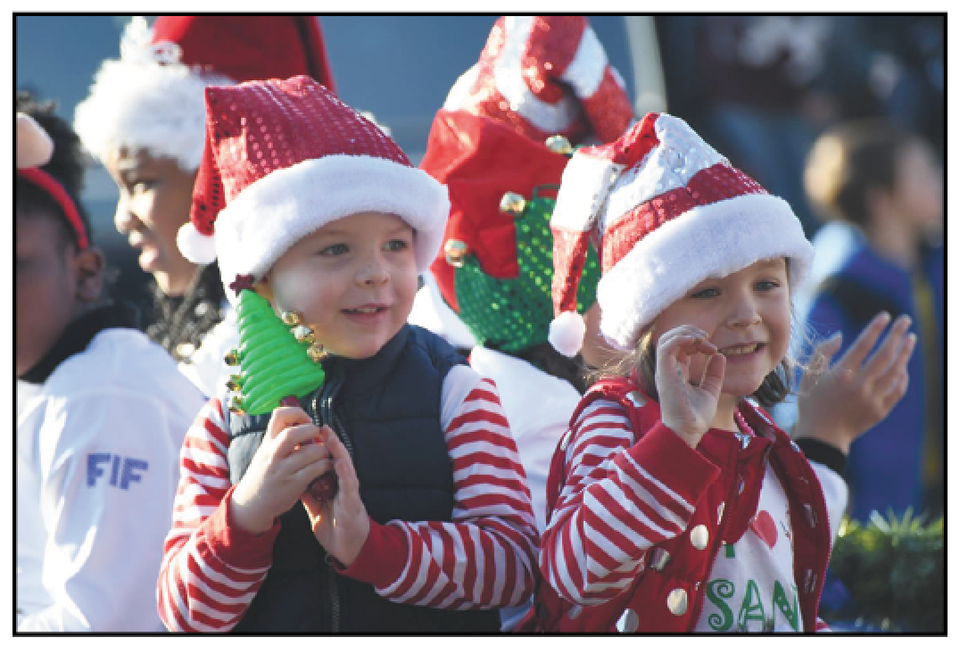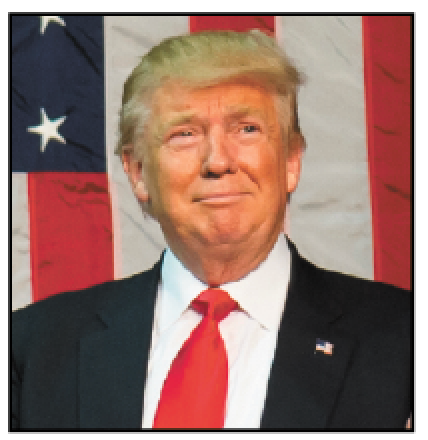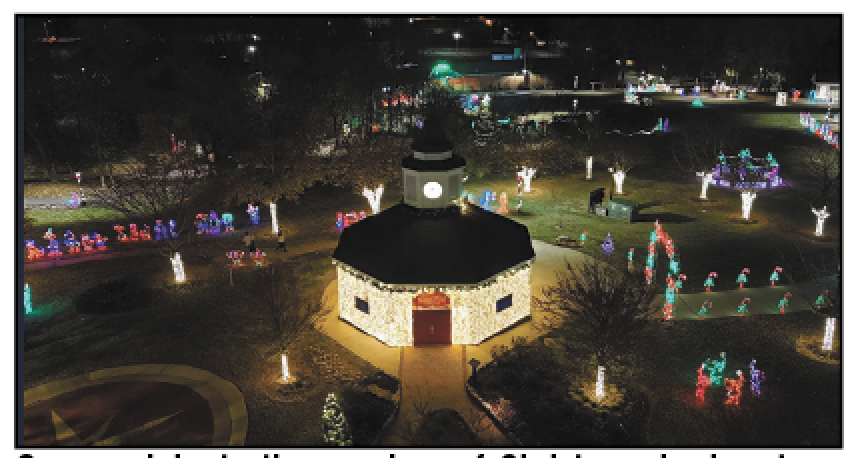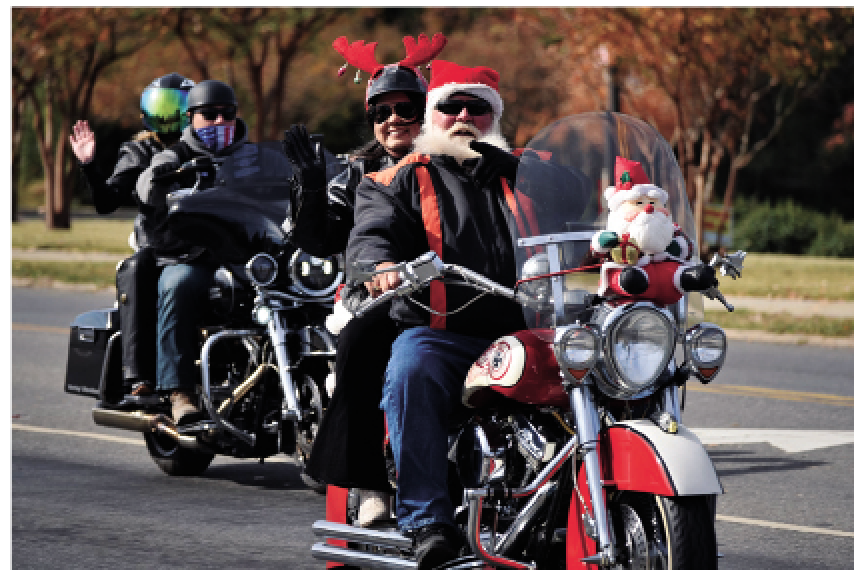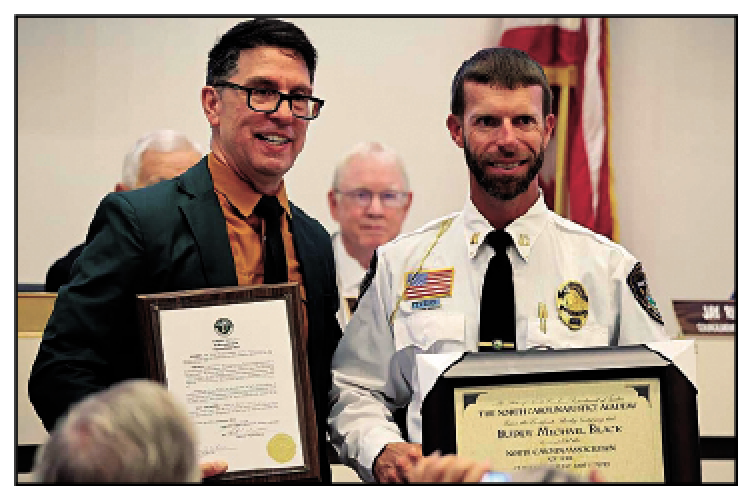Helene disaster assistance with heating and repair costs available
By Loretta Cozart
The North Carolina Department of Health and Human Services (NCDHHS) Low Income Household Energy Assistance Program (LIHEAP) began accepting applications from the general public for the Low-Income Energy Assistance Program (LIEAP) on January 2. For the 25 counties that Hurricane Helene heavily impacted, including Cleveland County, the NC General Assembly has appropriated additional Disaster Energy Assistance funding to help households with heating costs and repairs during the colder winter months.
Beginning January 15, applications for these additional Disaster Energy Assistance funds will be accepted for eligible households residing in one of the 25 identified disaster counties during and after Hurricane Helene. These counties are Alexander, Alleghany, Ashe, Avery, Buncombe, Burke, Caldwell, Catawba, Clay, Cleveland, Gaston, Haywood, Henderson, Jackson, Lincoln, Macon, Madison, McDowell, Mitchell, Polk, Rutherford, Transylvania, Watauga, Wilkes and Yancey counties.
Households can apply for both LIEAP and the Disaster Energy Assistance funding. Households with heating services or systems that require repairs, are currently inoperable, have been disconnected or are at risk of having their services disconnected can also apply for the Disaster Energy Assistance funds.
Eligible households will receive assistance based on household circumstances and needs.
“Our friends and family in western North Carolina will feel the impacts from Hurricane Helene for years to come,” said Carla West, Division Director of Human Services for Child Support, Economic Services, Aging, and Operations. “We are only midway through winter, and these funds are critical to keep residents safe and warm as they continue to recover and rebuild.”
Disaster Energy Assistance is a temporary emergency program that helps eligible households and families afford energy heating services after a natural disaster or an emergency. The program helps eligible low-income households provide, restore or continue heating sources. Disaster Energy Assistance is available until funds are exhausted.
Individuals in one of the identified 25 disaster-declared counties can apply in person or via telephone with their local county Department of Social Services. Local residents should contact the Cleveland County Department of Social Services at 130 South Post Road in Shelby, NC 28150, or call (704) 487-0661.
To be eligible for Disaster Energy Assistance, a household must have at least one U.S. citizen or eligible non-citizen and have income equal to or less than 60% of the state median income, have lived in one of the identified 25 disaster-declared counties during Hurricane Helene and are currently living in one of those counties, and have been impacted and suffered a loss because of Hurricane Helene.
Disaster Energy Assistance was created after NCDHHS appropriated $9 million in state funds from the NC General Assembly to help these disaster areas with heating-related costs and repairs after Hurricane Helene.
The North Carolina Department of Health and Human Services (NCDHHS) Low Income Household Energy Assistance Program (LIHEAP) began accepting applications from the general public for the Low-Income Energy Assistance Program (LIEAP) on January 2. For the 25 counties that Hurricane Helene heavily impacted, including Cleveland County, the NC General Assembly has appropriated additional Disaster Energy Assistance funding to help households with heating costs and repairs during the colder winter months.
Beginning January 15, applications for these additional Disaster Energy Assistance funds will be accepted for eligible households residing in one of the 25 identified disaster counties during and after Hurricane Helene. These counties are Alexander, Alleghany, Ashe, Avery, Buncombe, Burke, Caldwell, Catawba, Clay, Cleveland, Gaston, Haywood, Henderson, Jackson, Lincoln, Macon, Madison, McDowell, Mitchell, Polk, Rutherford, Transylvania, Watauga, Wilkes and Yancey counties.
Households can apply for both LIEAP and the Disaster Energy Assistance funding. Households with heating services or systems that require repairs, are currently inoperable, have been disconnected or are at risk of having their services disconnected can also apply for the Disaster Energy Assistance funds.
Eligible households will receive assistance based on household circumstances and needs.
“Our friends and family in western North Carolina will feel the impacts from Hurricane Helene for years to come,” said Carla West, Division Director of Human Services for Child Support, Economic Services, Aging, and Operations. “We are only midway through winter, and these funds are critical to keep residents safe and warm as they continue to recover and rebuild.”
Disaster Energy Assistance is a temporary emergency program that helps eligible households and families afford energy heating services after a natural disaster or an emergency. The program helps eligible low-income households provide, restore or continue heating sources. Disaster Energy Assistance is available until funds are exhausted.
Individuals in one of the identified 25 disaster-declared counties can apply in person or via telephone with their local county Department of Social Services. Local residents should contact the Cleveland County Department of Social Services at 130 South Post Road in Shelby, NC 28150, or call (704) 487-0661.
To be eligible for Disaster Energy Assistance, a household must have at least one U.S. citizen or eligible non-citizen and have income equal to or less than 60% of the state median income, have lived in one of the identified 25 disaster-declared counties during Hurricane Helene and are currently living in one of those counties, and have been impacted and suffered a loss because of Hurricane Helene.
Disaster Energy Assistance was created after NCDHHS appropriated $9 million in state funds from the NC General Assembly to help these disaster areas with heating-related costs and repairs after Hurricane Helene.
